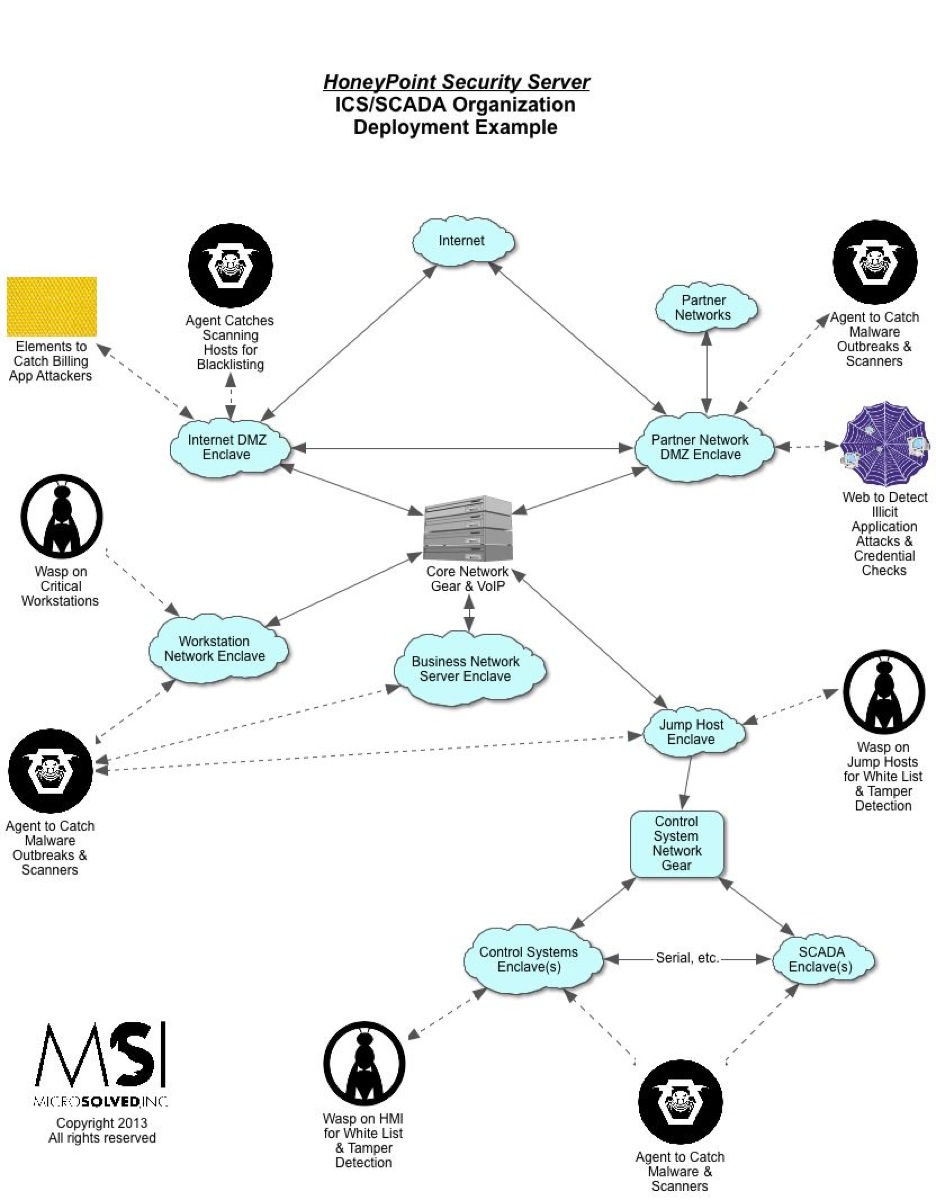Good day from Queensland , Australia…
Today’s cyber SA greeted the Red Dragon with a notification that his name had been used in a targeted hacking attack…data breach and data loss resulted…and BTW ‘check your travel arrangements for compromise’ as your records were violated digitally…yikes!
Nonetheless – much more in today’s issue of Cyber SA for you to enjoy…
US cyber attacks ‘targeted Russia, People’s Republic of China, Iran and North Korea’
http://www.news.com.au/technology/us-cyber-attacks-targeted-russia-china-iran-and-north-korea-according-to-washington-post/story-e6frfro0-1226708363415?f
Taiwan probes HTC staff over theft of trade secrets…destination: People’s Republic of China
http://www.scmp.com/news/china/article/1300866/taiwan-probes-htc-staff-over-secrets-theft
Cyber Kleptomaniacs: Why the People’s Republic of China Steals Our Secrets
http://www.worldaffairsjournal.org/article/cyber-kleptomaniacs-why-china-steals-our-secrets
Three HTC Employees Suspected Of Selling Design Secrets To People’s Republic of China
http://www.businessinsider.com.au/three-htc-employees-suspected-of-selling-design-secrets-to-china-2013-8?
“People’s Republic of China actively engaging in kinetic & directed -energy based weapons systems…
China Studying as US launches new rocket carrying spy satellite – SCI_TECH – Globaltimes.cn
http://www.globaltimes.cn/content/807212.shtml#.UiPF_2SG1JE
China Studies: US sends new military satellite into orbit – SCI_TECH – Globaltimes.cn
http://www.globaltimes.cn/content/802482.shtml#.UiPGEmSG1JE
People’s Republic of Cyber Espionage … Xi’an Couple Jailed for Selling Hi-Technology State Secrets
http://www.militaryy.cn/html/52/n-93052.html
People’s Republic of China’s War On Online Gossip Is Starting To Get Scary
http://www.businessinsider.com.au/china-is-waging-a-war-on-online-rumors-2013-8?
People’s Republic of China’s “seven base lines” for a clean internet
http://cmp.hku.hk/2013/08/27/33916/
Canadian fellow tracks China’s censored words
http://www.cbc.ca/news/canada/toronto/story/2013/08/29/toronto-university-munk-school-sina-weibo-censor.html
Netizens & companies behind People’s Republic of China’s $39 billion search engine market (INFOGRAPHIC)
http://www.techinasia.com/china-39-billion-dollar-search-engine-market-in-2013/?
Chinese “black PR” firm controlled hundreds of verified Weibo users, raked in millions
http://www.techinasia.com/chinese-black-pr-firm-controlled-hundreds-verified-weibo-users-raked-millions/?
An Inside Look at the People’s Republic of China’s Censorship Tools
http://blogs.wsj.com/chinarealtime/2013/08/30/an-inside-look-at-chinas-censorship-tools/?
Top microbloggers must well handle discourse power – People’s Daily Online
http://english.peopledaily.com.cn/90782/207872/8385107.html
Beijing security expert calls for greater openness and transparency in Xinjiang
Says Chinese Government should stop information blockades…
http://www.scmp.com/news/china/article/1301450/beijing-security-expert-calls-greater-openness-and-transparency-xinjiang
Attack on rumours a step backwards for transparency in People’s Republic of China
http://www.scmp.com/news/china/article/1301448/attack-rumours-step-backwards-transparency
China investigating corruption allegations against state asset regulator Jiang Jiemin
A move to bring down Zhou Yongkang, the widely-feared former head of China’s security apparatus, has claimed the scalp of one of his senior lieutenants, the former chairman of the giant oil monopoly China National Petroleum Company (CNPC)
http://www.telegraph.co.uk/news/worldnews/asia/china/10278672/China-investigating-corruption-allegations-against-state-asset-regulator-Jiang-Jiemin.html
People’s Republic of China’s Army Day Coverage Stresses Winning Battles with “Dream of a Strong Military”
http://www.jamestown.org/programs/chinabrief/single/?tx_ttnews%5Btt_news%5D=41300&cHash=d9441328a6f257f9f39db71ae6815333#.UiOh3WSG1JE
Mesh networks can help Asia avoid censorship and recover from disasters
http://www.techinasia.com/mesh-networking-asia-avoid-censorship-recover-disasters/?
First free, public malware database launched in Taiwan|
http://www.wantchinatimes.com/news-subclass-cnt.aspx?id=20130831000004&cid=1103
People’s Republic of China’s Huawei spokesman tells Intelligence Committee chair to ‘stow it’
http://www.bizjournals.com/sanjose/news/2013/08/30/huawei-spokesman-tells-intelligence.html
People’s Republic of China’s ZTE steps up lobbying after spy fears block US contracts
http://www.scmp.com/business/china-business/article/1300810/zte-steps-lobbying-after-spy-fears-block-us-contracts
EXCLUSIVE TEST: People’s Republic of China’s Huawei switch: Good first effort
http://www.itworld.com/networking/371054/exclusive-test-huawei-switch-good-first-effort
People’s Republic of China’s quest for world-beating brand held back by regime
OP Middle Kingdom…
http://www.theguardian.com/business/2013/sep/01/chinese-brands-thinking-west
Corrupt, anonymous and in thrall to the party – People’s Republic of China is not the new Japan
http://www.theguardian.com/world/2013/sep/01/china-japan-corrupt-anonymous-party
People’s Republic of China Pakistan pledge to further boost military ties Lastupdate:- Sun, 1 Sep 2013 18:30:00
http://www.greaterkashmir.com/news/2013/Sep/1/china-pakistan-pledge-to-further-boost-military-ties-68.asp
Policy resolves foreigners’ visa extension issue: China
http://www.chinapost.com.tw/china/national-news/2013/09/01/387847/Policy-resolves.htm
People’s Republic of China Moves to Isolate Philippines, Japan
http://thediplomat.com/the-editor/2013/08/30/china-moves-to-isolate-philippines-japan/
An American Cyberoperations Offensive
http://www.nytimes.com/2013/09/01/world/americas/documents-detail-cyberoperations-by-us.html?
Feds plow $10 billion into “groundbreaking” crypto-cracking program
Consolidated Cryptologic Program has 35,000 employees working to defeat enemy crypto.
http://arstechnica.com/security/2013/08/feds-plow-10-billion-into-groundbreaking-crypto-cracking-program/
US Intelligence Community: The World’s 4th Largest Military?
http://thediplomat.com/flashpoints-blog/2013/08/30/us-intelligence-community-the-worlds-4th-largest-military/
Iran plays key role in global campaign against terrorism: intelligence minister
http://www.tehrantimes.com/politics/110416-iran-plays-key-role-in-global-campaign-against-terrorism-intelligence-minister
Why the U.S. Should Use Cyber Weapons Against Syria
http://www.defenseone.com/technology/2013/08/why-us-should-use-cyber-weapons-against-syria/69776/
Drums of cyber war grow louder
http://www.arabnews.com/news/463050
Syria’s largest city just dropped off the Internet
http://www.washingtonpost.com/blogs/the-switch/wp/2013/08/30/syrias-largest-city-just-dropped-off-the-internet/
Syrian Electronic Army: If U.S. Attacks ‘We Will Target All of It’
http://mashable.com/2013/08/30/syrian-electronic-army-interview/
Attacking Syria may lead to missile strikes, cyber warfare and terror attacks on US soil, warn military experts
http://www.dailymail.co.uk/news/article-2405362/Attacking-Syria-lead-terror-attacks-cyber-warfare-missile-attacks-US-soil-warn-military-experts.html
Report: Spy Agencies’ ‘Black Budget’ Reveals Intelligence Gaps : NPR
http://www.npr.org/blogs/thetwo-way/2013/08/29/216873944/report-spy-agencies-black-budget-reveals-intelligence-gaps?f
These are the companies alleged to have links to the NSA surveillance scandal
http://gigaom.com/2013/08/30/these-are-the-companies-alleged-to-have-links-to-the-nsa-surveillance-scandal/
Exclusive: Army Admits To Major Computer Security Flaw
Army’s Deputy of Cybersecurity says a security failure can allow unauthorized access to computer files. Instead of fixing it, they are telling soldiers to be more careful.
http://www.buzzfeed.com/justinesharrock/exclusive-army-admits-to-major-computer-security-flaw
NSA misused PRISM – Spied on Al Jazeera, bugged UN headquarters and used for personal spying
http://thehackernews.com/2013/08/nsa-misused-prism-spied-on-al-jazeera.html
Semper Fi ~
謝謝,
紅龍!

